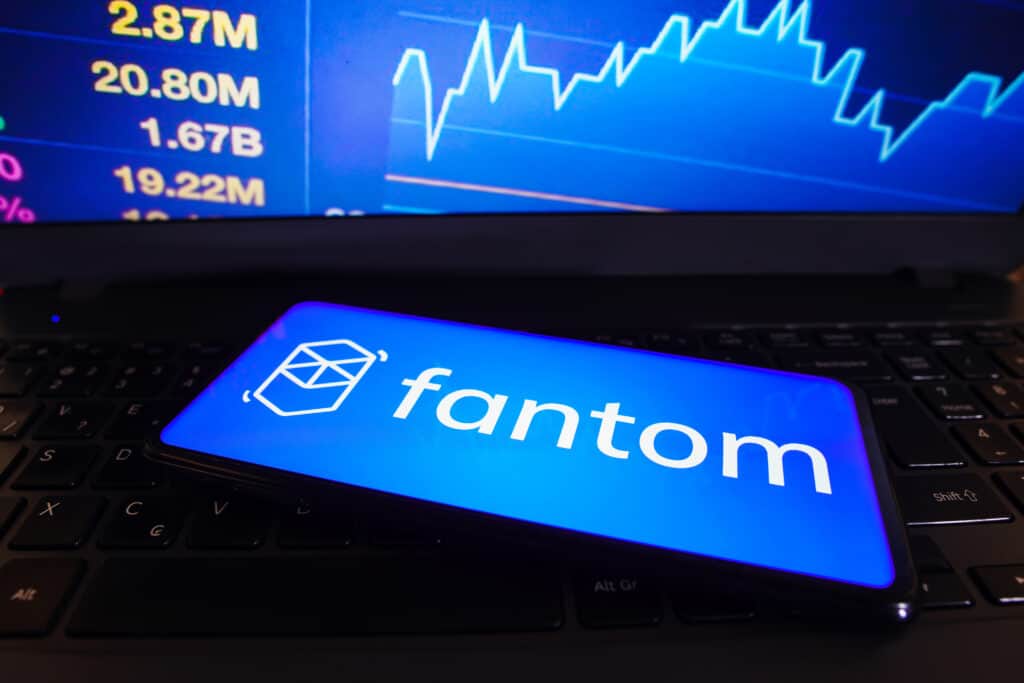
Key Takeaways:
- The Fantom Foundation has introduced the Sonic Foundation to support its new blockchain, the Sonic chain, enhancing DeFi and real-world applications with high speed and throughput.
- The Sonic chain will feature an integrated layer 2 solution connecting directly to Ethereum, enabling access to Ethereum’s DApps, liquidity providers, and community.
- The Sonic Foundation will oversee governance, manage the treasury, foster partnerships, and develop the DApp ecosystem for the Sonic network.
The Fantom Foundation has announced the formation of the Sonic Foundation to support the launch of their new blockchain, the Sonic chain.
On May 23, Fantom Foundation CEO Michael Kong shared the news on the blockchain network’s blog.
🚀 Sonic is on the launch pad, and we're excited to provide more details about our upcoming Sonic chain, $S token, and launch of a new strategic funding round.@MichaelFKong's latest blog post sheds more light on the new Sonic organization, slate of innovative new partners, and… pic.twitter.com/R4NHIwcUEX
— Fantom Foundation (@FantomFDN) May 23, 2024
Kong emphasized that the Sonic chain is designed to enhance various DeFi and real-world applications, including real-world assets, perpetual DEXs, payments, trading, and high-transaction games, by capitalizing on its speed and high throughput.
The Sonic Foundation will oversee the governance of the Sonic network, manage its treasury, foster partnerships, and drive the development of the decentralized application (DApp) ecosystem.
Sonic will incorporate a new layer-1 solution with an integrated layer 2 that connects directly to the Ethereum network, allowing users to access Ethereum’s extensive array of DApps, liquidity providers, and community.
Fantom, originally launched in 2019, utilizes a distinctive consensus model known as Lachesis.
📣 Governance News 📣
— Fantom Foundation (@FantomFDN) May 23, 2024
Our first proposal for the upcoming Sonic chain has PASSED with 99%+ voting in favor!$FTM will now be compatible with Sonic’s new $S token, enabling 1:1 swaps at launch.
Learn more about Sonic and the remaining proposals here 👇https://t.co/n7kfHvvdWG pic.twitter.com/2Ow8MWs91D
This model employs directed acyclic graphs and asynchronous Byzantine fault tolerance (aBFT), enabling validators to independently validate transactions without relying on the sequential block validation seen in traditional blockchains like Bitcoin and Ethereum.
Instead, transactions are validated through “event blocks” that are broadcast non-linearly to achieve consensus.
This asynchronous messaging between nodes results in a finality time of 1-2 seconds per block, enhancing the efficiency and speed of the network.
The Sonic Foundation aims to leverage these innovations to transform various industries and applications.

